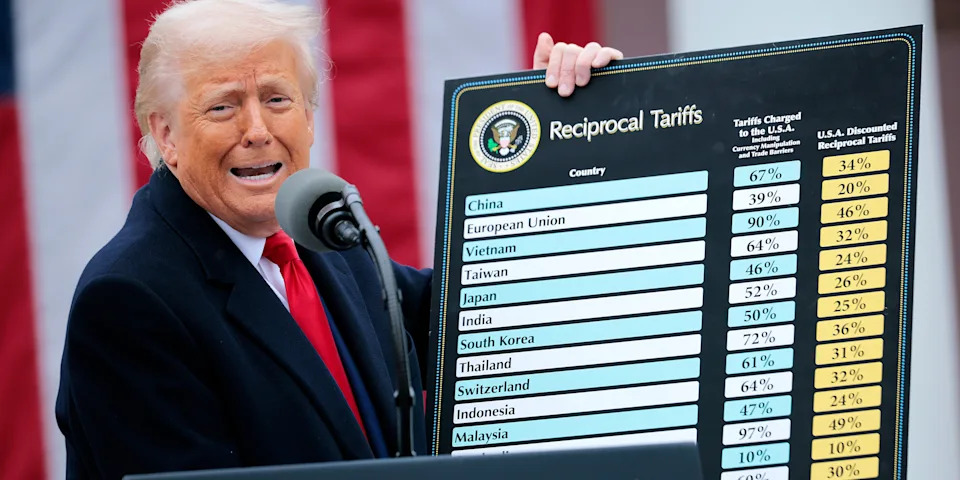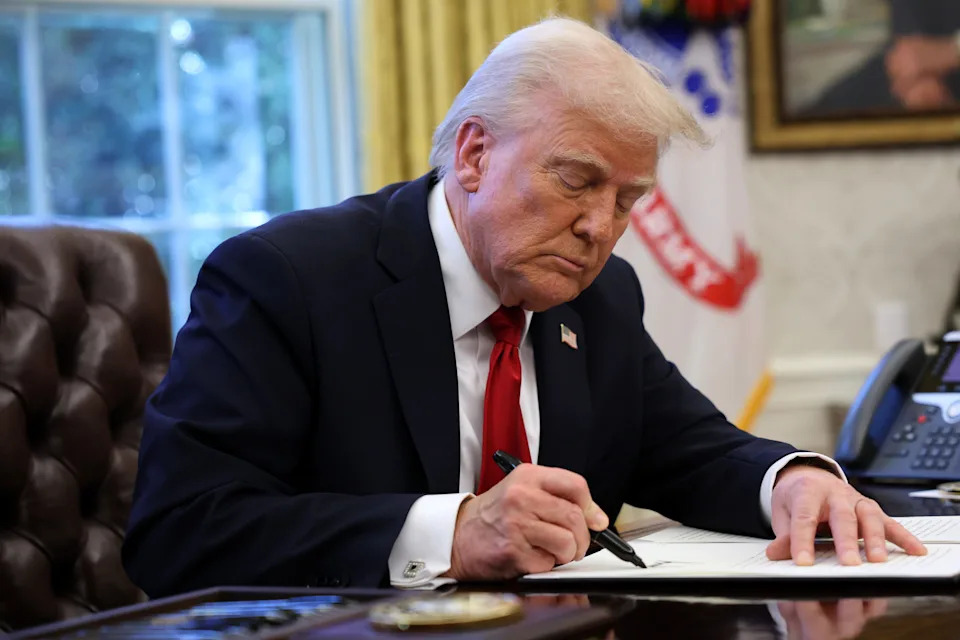
2 things could stop the stock market's free fall. Neither of them looks likely.
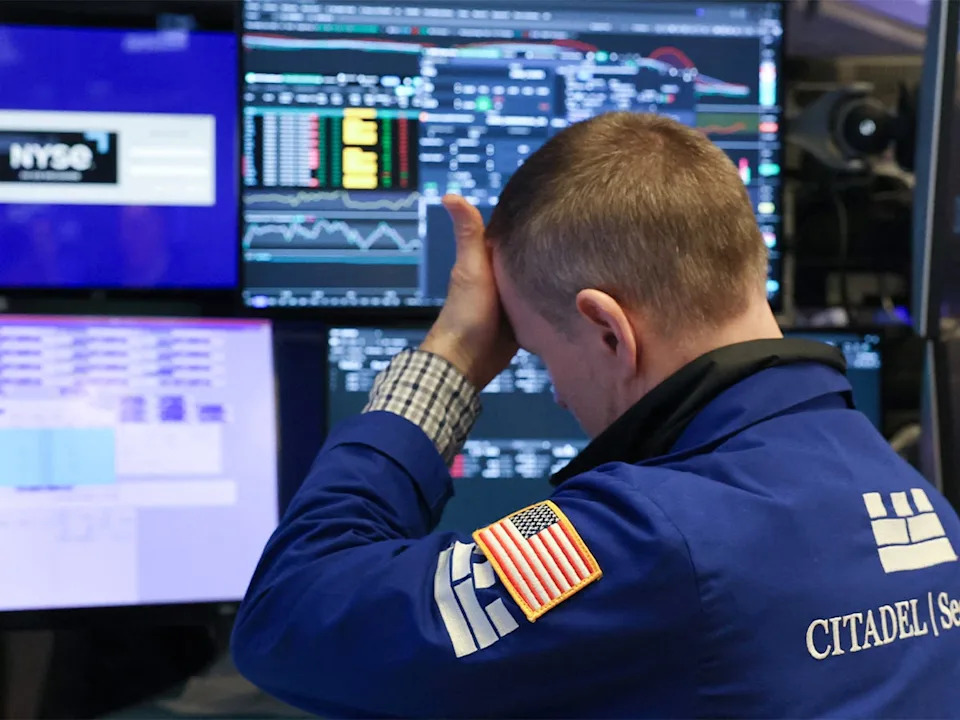
The stock market's free fall doesn't look like it'll reverse course anytime soon.
US stocks plunged for a third day on Monday, with the S&P 500 entering a bear market . And investors hoping for a rescue might be out of luck for the moment.
With stocks losing $9.5 trillion in value since Thursday, markets have been looking to two "puts" to end the carnage.
Here are the two things that could end the sell-off — and why neither is likely at the moment.
The Fed rushes to cut rates
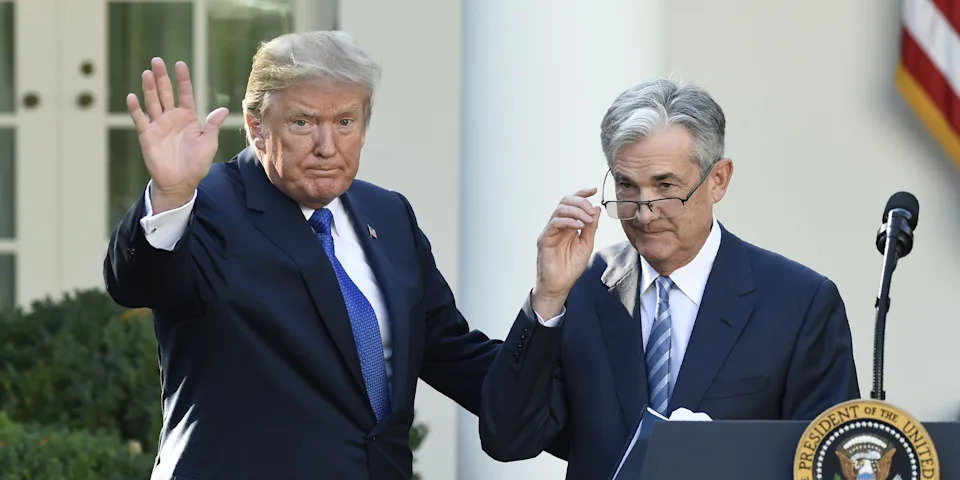
The "Fed put" is a popular reason many stay bullish even when markets are struggling. The idea is that the Fed could cut rates more than expected or even issue an emergency rate cut to prop up the economy if conditions deteriorate.
On Monday, the CME FedWatch Tool put the probability that the Fed will cut rates four times or more by the end of the year at 78%, up from a 27% chance priced in a month ago.
President Donald Trump, for his part, has for months pressured the Federal Reserve to cut rates.
On Friday, he said in a post on Truth Social that it would be a "PERFECT time" for Fed Chair Jerome Powell to cut rates.
"He is always 'late,' but he could now change his image, and quickly," the president wrote of the central bank chief.
On Monday, Trump made a separate post, calling the Fed "slow moving" and further prodding central bankers to issue a rate cut.
Why that looks unlikely right now:
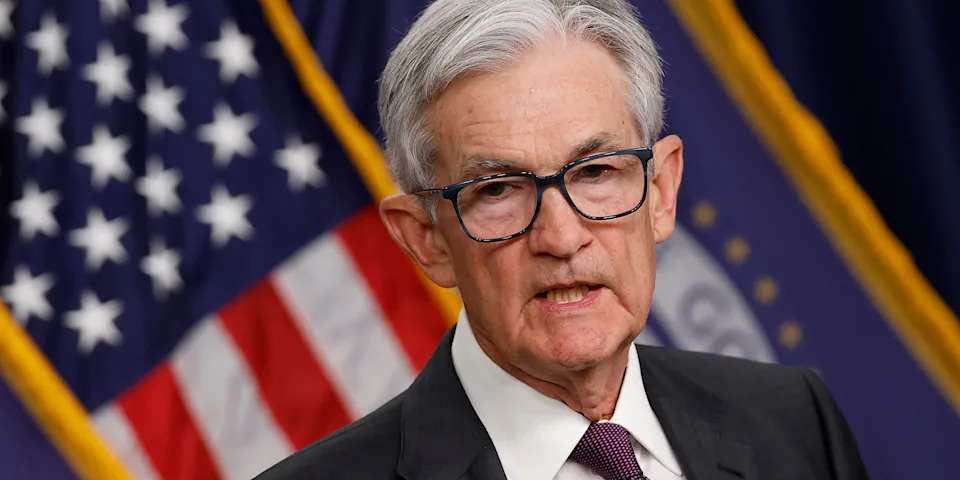
The Fed, though, has signaled that it's OK with moving slowly for now as it awaits more certainty around tariffs and their impact on inflation. Prices spiraling higher again would risk the US entering a period of stagflation, a nightmare scenario that involves economic growth slowing while prices remain stubbornly high.
Lowering rates prematurely could raise the risk of stagflation .
"We are well positioned to wait for greater clarity before considering any adjustments to our policy stance. It is too soon to say what will be the appropriate path for monetary policy," Powell said at an event on Friday.
"Powell is telling us that the bar for the Fed to cut interest rates in response to a tariff-driven market selloff is considerably higher than the bar to respond to a normal economic shock," Bill Adams, the chief economist at Comerica Bank, wrote in a note. "In other words, the central bank has an index finger on the nose and says, 'not it.'"
